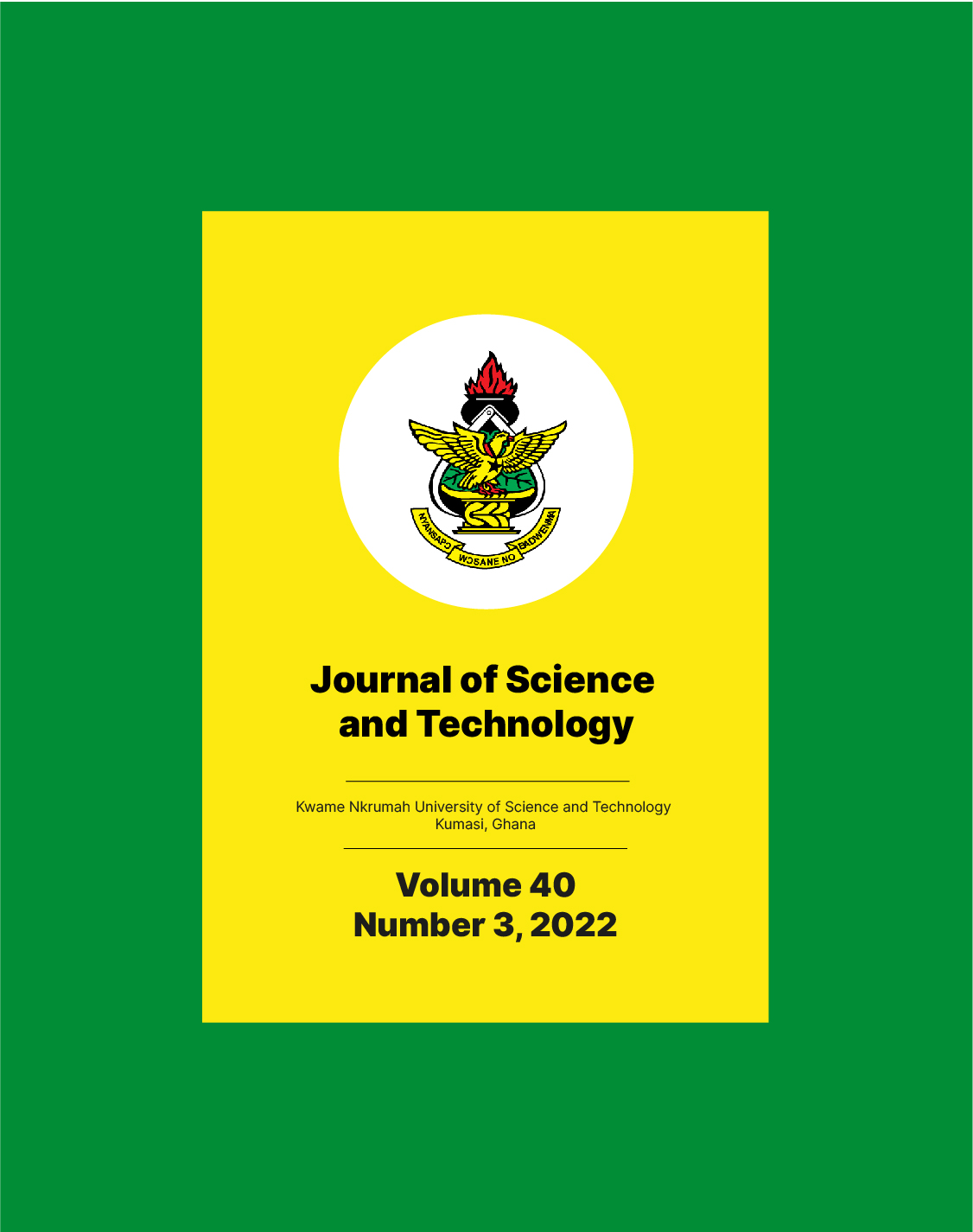Main Article Content
Physicochemical, Textural and Sensory Attributes of Beef Sausage Emulsified with Okra Pectin
Abstract
Okra pectin has been found as an emulsifying agent for food systems, including meat products. In this study, the physicochemical, textural, and sensory attributes of Frankfurter sausage emulsified with okra pectin were evaluated. A completely randomized design was used for the formulations of three sausage treatments (T0, T1, and T2). Only okra pectin was varied (T0 = 0%, T1 = 0.5%, and T2 = 1.0%), whereas all other ingredients used for the formulation were kept constant. The results indicated that cooking loss increased with increasing levels of okra pectin whereas pH values were within an acceptable range (6.09-6.15). Moisture, protein, fat, ash, and fibre content varied among the samples studied. Resilience, cohesiveness, and chewiness were not significantly different (p > 0.05) among the samples. Hardness increased with increasing okra pectin concentration but there was no significant difference between T0 and T1 samples. There was no significant difference (p > 0.05) between T1 and T0 for the appearance (T0 = 7.43, T1 = 6.80), juiciness (T0 = 7.37, T1 = 6.30) and taste (T0 = 7.80, T1 = 6.93), which indicates they were either liked moderately or liked slightly. T2 (which had appearance = 5.47, juiciness = 5.10 and taste = 5.30) was however, significantly different (p < 0.05). T1 (6.77) and T2 (5.43) were liked moderately and liked slightly, respectively for overall acceptability. The present findings suggest that okra pectin at low levels (~ 0.5%) could be used as an emulsifier to produce acceptable sausage




